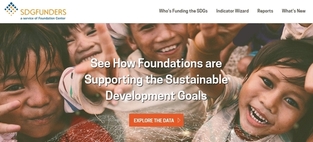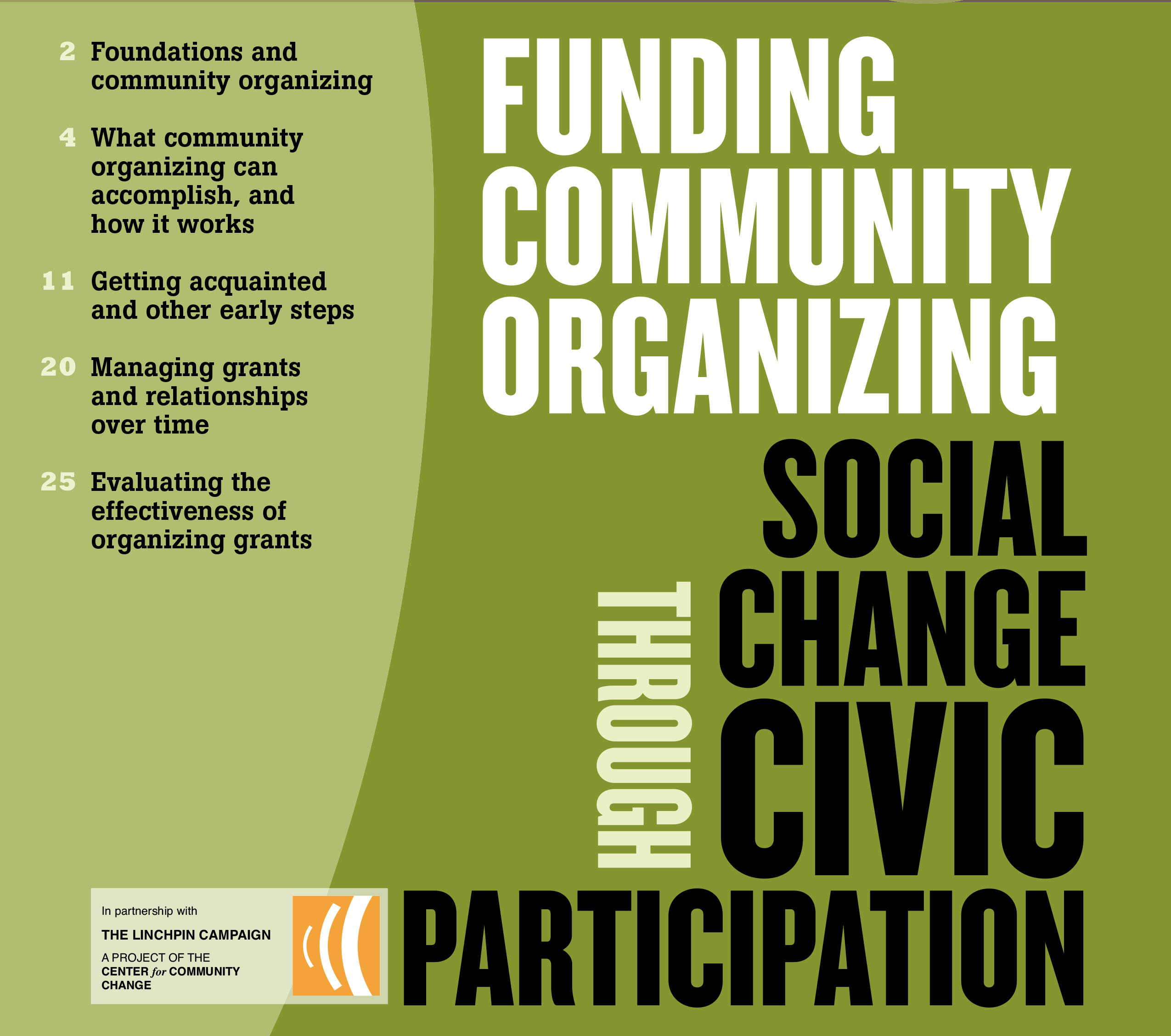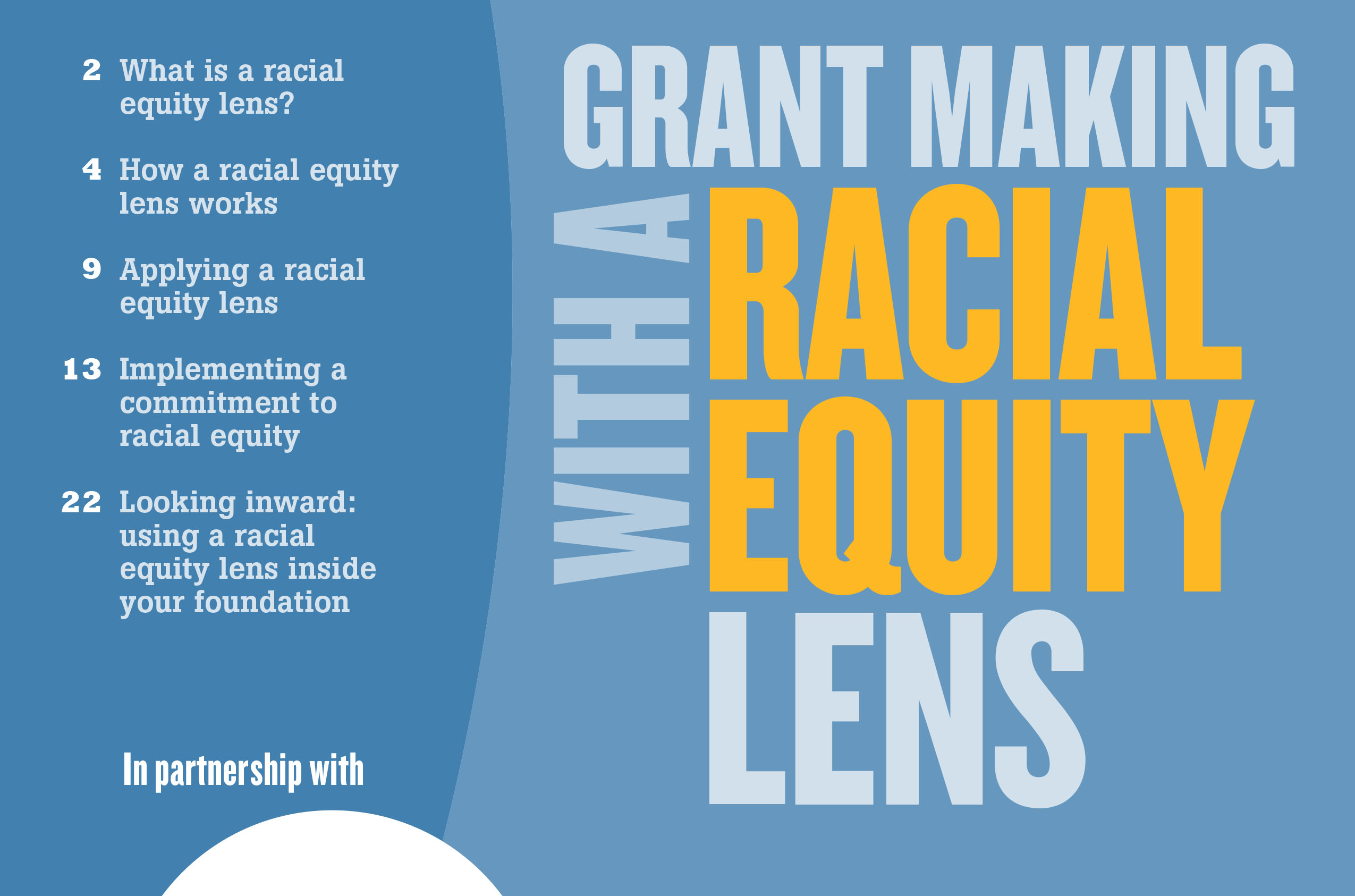Foundation Collaboration Peers Helping Peers - Improving the Practice of Philanthropy
1. Transparency and Technology
One project where funders are coming together to connect and learn from each other is Markets for Good. This initiative is a collaborative project of the Bill & Melinda Gates Foundation, the William and Flora Hewlett Foundation, the F.B. Heron Foundation, and Liquidnet and is a platform to improve the system for generating, sharing, and acting upon data and information in the social sector. It is essentially a capacity building effort for funders. Darin McKeever from the Gates Foundation sees the Markets for Good website as a hub for funders to find ways to collaborate. “We’re trying to create a community that is discussing the opportunities and the pitfalls around some of these issues related to transparency and technology,” he says. “We hope that this will lead to collaborations to work on some of these issues of knowledge sharing.”
2. Transparency and Diversity
Many foundations are becoming more transparent about their staff composition, which helps nonprofits and the public understand who is making philanthropic decisions. By reviewing and sharing diversity data about their staff, board, and grantee organizations, funders have a heightened awareness of and can better address gaps in staffing, board composition, and funding. The D5 Coalition is a five-year effort to advance philanthropy’s diversity, equity, and inclusiveness. A key goal of D5 is to improve data collection and transparency as it relates to these issues. Says Kelly Brown, director of the D5 Coalition, “Collecting and sharing information about [foundations’] leadership reflects a level of transparency that builds confidence in foundations, as well as respect with the constituencies their grants serve.” To help reach that goal, D5 has commissioned research to identify the most effective inclusion policies for funders to adopt.
3. Transparency and Advocacy Evaluation
A common complaint among nonprofit organizations is that foundations pursuing similar objectives require dramatically different metrics and reporting requirements. To address this issue, healthcare foundations in Kansas and Missouri created the Advocacy Evaluation Learning Initiative in 2010, which brought together six funders, 13 high performing advocacy organizations, four local evaluators and two national technical assistance firms. Together, they are developing a shared approach to evaluating the work of advocacy organizations. Eventually, the funders hope that this standardization will lead to improved coordination and collaborative funding in advocacy, transparency for advocacy organizations, and better showcase the impact of their collective advocacy efforts.
The results so far: participating foundations and their advocacy grantees adopted a framework that connects advocacy strategies to measurement approaches, which the advocacy organizations use as well. Participating foundations are also noting that advocacy organizations now include a theory of change or logic model and demonstrate alignment between strategy, advocacy objectives, and evaluation methodology in their proposals to better explain how their efforts will lead to their ultimate outcomes.
Takeaways are critical, bite-sized resources either excerpted from our guides or written by Candid Learning for Funders using the guide's research data or themes post-publication. Attribution is given if the takeaway is a quotation.
This takeaway was derived from Opening Up.



